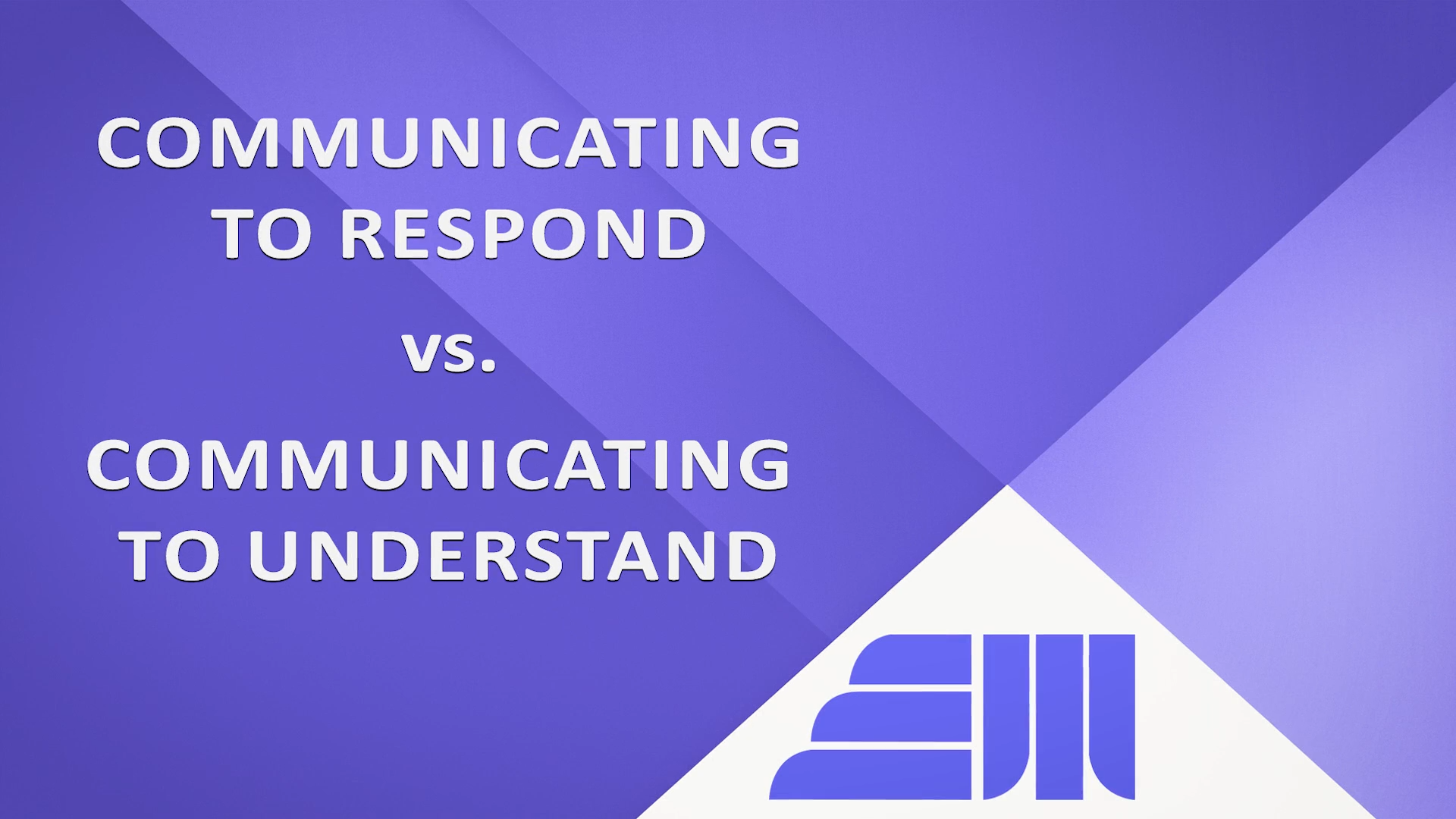
Distinguish Your Leadership with the Combination of Passion and Compassion
Being a passionate leader is no longer enough. Great leaders balance fire with empathy, drive with discernment, and urgency with understanding...

Founder
By Gerald Parsons • Jul 22, 2023

In today’s competitive marketplace, businesses are constantly looking for ways to cut costs, increase efficiency, and drive growth. But what happens when one of your most valuable assets—your key employees—walks out the door? The loss of a key employee has a far-reaching impact, one that goes well beyond the immediate vacancy left behind. The true cost of losing a critical team member can be staggering, both in financial terms and in the ripple effects on your organization’s culture and performance.
One of the most quantifiable costs of losing a key employee is the financial burden. According to estimates, the cost of replacing an employee can range from 50% to 200% of their annual salary, depending on their position and seniority. For senior leaders or highly specialized roles, the numbers can soar even higher.
Key employees often possess valuable institutional knowledge that is not easily replaced. Their understanding of internal processes, client relationships, and industry nuances can take years to develop. When they leave, this knowledge goes with them, creating a gap that can hinder productivity and decision-making.
The departure of a key employee can have a domino effect on team morale. Remaining employees may feel overburdened as they take on additional responsibilities, leading to burnout and decreased job satisfaction. Moreover, the loss can create uncertainty and anxiety, affecting overall team cohesion and performance.
For client-facing roles, the loss of a key employee can disrupt established client relationships. Clients who have built trust and rapport with a specific individual may feel unsettled by their departure, potentially leading to a loss of business or strained relationships.
The process of recruiting and training a new employee is time-consuming and costly. From advertising the position to conducting interviews and onboarding, the expenses add up quickly. Additionally, new hires require time to get up to speed, during which productivity may be lower.
In conclusion, the true cost of losing a key employee extends far beyond their salary. It encompasses financial expenses, loss of knowledge, impact on team morale, disruption of client relationships, and recruitment and training costs. To mitigate these risks, organizations should prioritize employee retention strategies, such as offering competitive compensation, providing opportunities for growth and development, fostering a positive work environment, and recognizing and rewarding contributions. By investing in retention, businesses can safeguard their most valuable assets and ensure long-term success.

Being a passionate leader is no longer enough. Great leaders balance fire with empathy, drive with discernment, and urgency with understanding...

Founder

When communication breaks down, so does trust. And when trust disappears, so does engagement, performance, and retention...

Founder

In todays rapidly evolving business landscape, organizations are increasingly recognizing that their most valuable asset isn't their technology, infrastructure, or even their intellectual property—it's their human capital.

Founder